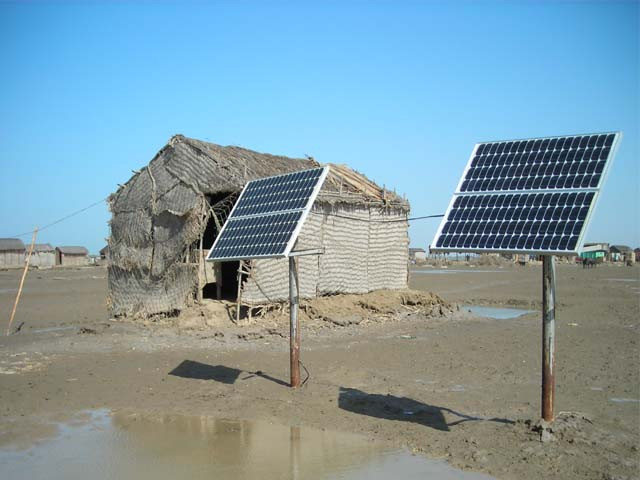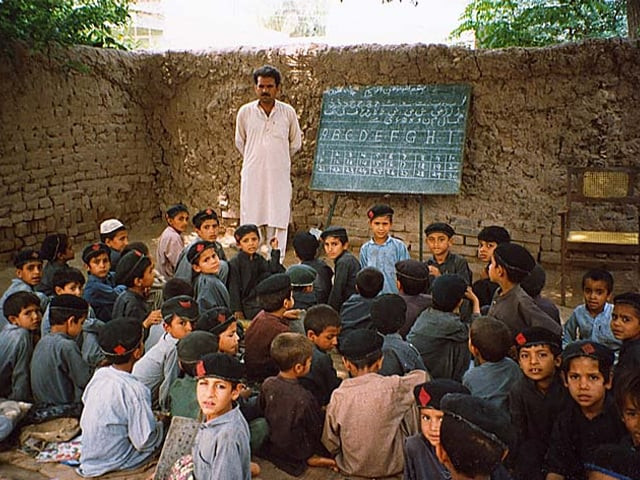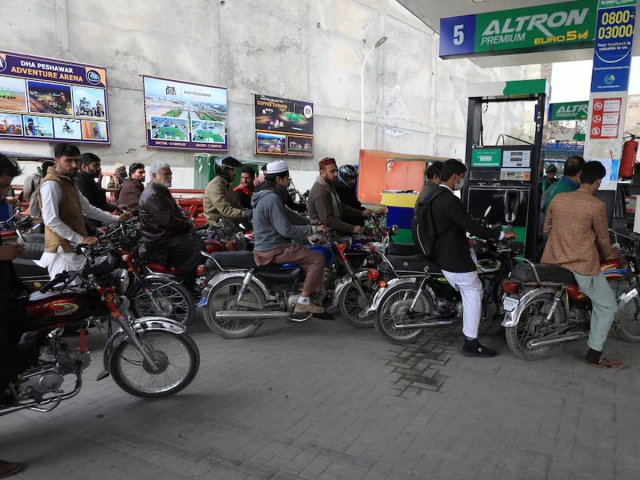Business
PSX ends flat below 146.5k on profit-taking | The Express Tribune
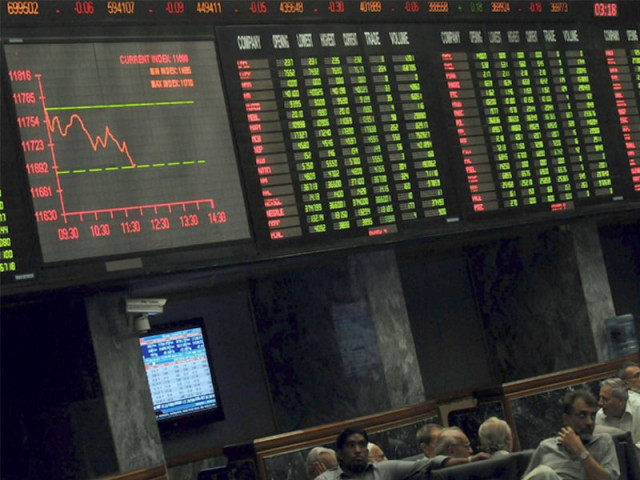
KARACHI:
The Pakistan Stock Exchange (PSX) closed marginally lower on Friday as profit-taking in the latter half of the session erased early gains amid concerns over mounting losses of state-owned enterprises (SOEs), the International Monetary Fund’s (IMF) next review for loan tranche and the falling global crude oil prices.
The KSE-100 index, after touching intra-day high of 147,534, retreated to settle slightly below 146,500, down 38 points. Engro Fertilisers, Lucky Cement and Engro Holdings supported the index while Oil and Gas Development Company (OGDC), UBL and Pakistan Petroleum Limited (PPL) weighed on sentiment.
“Stocks closed flat amid concerns over SOE losses and next IMF review for the release of third tranche,” noted Ahsan Mehanti, MD of Arif Habib Corp. Worries about the unmet IMF conditions for provincial tax collection and falling global crude oil prices fueled the negative close at the PSX, he said.
At the end of trading, the benchmark KSE-100 index posted a decline of 37.67 points, or 0.03%, and settled at 146,491.63.
Arif Habib Limited (AHL), in its market review, noted that the KSE-100 closed the week flat on Friday, capping gains at 0.7% week-on-week. Some 49 stocks advanced and another 49 declined, where Engro Fertilisers (+3.25%), Lucky Cement (+2.31%) and Engro Holdings (+1.63%) were the top contributors to index gains. On the flip side, OGDC (-2.57%), UBL (-1.34%), and PPL (-2.13%) dragged the index lower, it said.
AHL mentioned that the Economic Coordination Committee had approved the setting up of an industrial estate on 4,800 acres of unused Pakistan Steel Mills’ land. For the coming week, the resistance for the index is seen near 148,000 with support around 145,000, it added.
Topline Securities, in its report, commented that the KSE-100 opened on a positive note and rose to intra-day high of 1,005 points. However, during the latter hours, profit-taking was observed as jittery investors booked profits before the weekend.
The top positive contribution to the index came from Engro Fertilisers, Lucky Cement, Engro Holdings, Meezan Bank and Airlink Communication as they contributed 512 points. On the other hand, OGDC, UBL, PPL, Hub Power and Mari Petroleum lost ground, pulling the index down by 499 points, it said.
Traded value-wise, Airlink (Rs3.38 billion), OGDC (Rs2.32 billion), PSO (Rs1.53 billion), Lucky Cement (Rs1.30 billion) and NBP (Rs1.11 billion) dominated the trading activity, Topline added.
Muhammad Hasan Ather of JS Global said that the KSE-100 closed 38 points down after trading within a tight range throughout the session. Activity remained range bound, driven by upbeat corporate earnings, and investor sentiment was underpinned by optimism about Pakistan’s improving macroeconomic indicators and recent credit rating upgrades, he said.
Despite intra-day volatility, the market held firm, reflecting growing confidence in fiscal reforms and economic recovery. Going forward, investor focus will remain on earnings season, policy continuity and external inflows, with expectations of a gradual upward trend in equities amid improving fundamentals, the analyst added.
Overall trading volumes were recorded at 473.6 million shares, compared with the previous tally of 647.1 million. The value of shares traded was Rs32.9 billion.
Shares of 479 companies were traded. Of these, 226 stocks closed higher, 219 fell and 34 remained unchanged.
Aisha Steel Mills was the volume leader with trading in 30 million shares, gaining Rs0.55 to close at Rs13.47. It was followed by Media Times with 21.7 million shares, gaining Rs0.39 to close at Rs3.62 and Airlink Communication with 19.9 million shares, gaining Rs9.76 to close at Rs168.04. Foreign investors sold shares worth Rs154 million, the National Clearing Company reported.
Business
OGRA Announces LPG Price Increase for December – SUCH TV

The Oil and Gas Regulatory Authority (OGRA) has approved a fresh increase in the price of liquefied petroleum gas (LPG), raising the cost for both domestic consumers and commercial users.
According to the notification issued, the LPG price has been increased by Rs7.39 per kilogram, setting the new rate at Rs209 per kg for December. As a result, the price of a domestic LPG cylinder has risen by Rs87.21, bringing the new price to Rs2,466.10.
In November, the price of LPG stood at Rs201 per kg, while the domestic cylinder was priced at Rs2,378.89.
The latest price hike is expected to put additional pressure on households already grappling with rising living costs nationwide.
Business
Taxable Value Of Goods Surges 15% In Sep-Oct As GST Cuts Boost Consumption
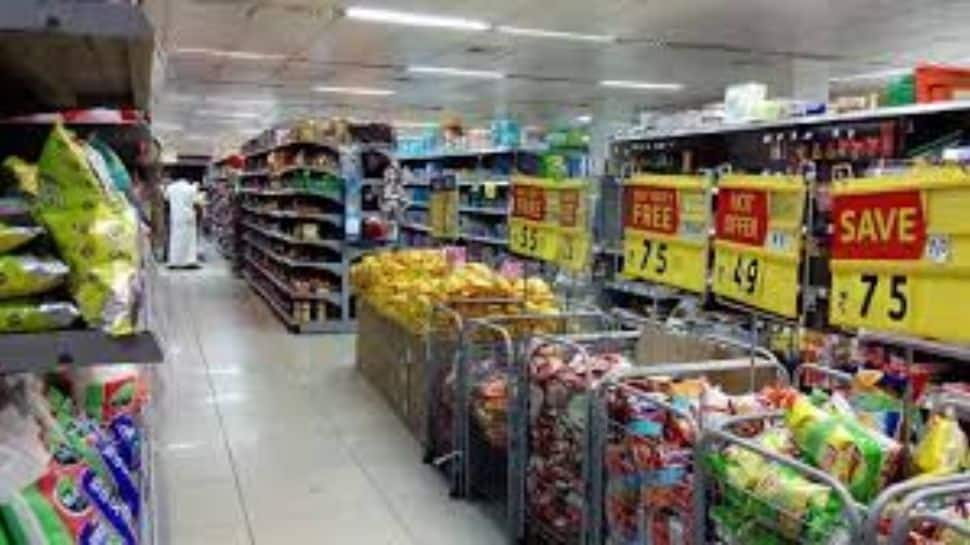
New Delhi: The taxable value of all supplies under GST surged by a robust 15 per cent during September-October this year, compared to the same period in 2024 due to sharp increase in consumption triggered by the tax rate cuts on goods across sectors that kicked in from September 22, according to official sources.
The growth in the same two-month period last year was 8.6 per cent. “This surge in taxable value during ‘Bachat Utsav’ demonstrates strong consumption uplift, stimulated by reduced rates and improved compliance behaviour,” a senior official said.
He pointed out that the growth has especially been strong in sectors where rate rationalisation was implemented, such as FMCG, pharma goods, food products, automobiles, medical devices and textiles. In these sectors, the taxable value of supplies has seen significantly higher growth, confirming that lower GST rates translated directly into higher consumer spending.
“It vindicates our strategy that reducing rates on essentials and mass-use sectors would create demand-side buoyancy — a Laffer Curve–type demand uplift,” he explained.These trends confirm that GST next-gen reforms have not disrupted revenue stability, and that consumption-side buoyancy has begun to translate into higher taxable value in key sectors.
This growth is in value terms which means that since GST rates were lower, the growth in volume terms will be even higher. It is clearly visible that while the Next Gen Reforms resulted in significant Bachat — increased consumption, industry has been very proactive in passing on the GST savings to the final consumers and ensuring that there is no supply side deficiency.
As GDP private consumption data will be released much later, GST taxable value serves as the most reliable real-time proxy for consumption, and the current numbers clearly indicate sustained demand expansion, the official added.
Business
Private sector data: Over 2 lakh private companies closed in 5 years; govt flags monitoring for suspicious cases – The Times of India

NEW DELHI: The government on Monday said that over the past five years, more than two lakh private companies have been closed in India.According to data provided by Minister of State for Corporate Affairs Harsh Malhotra in a written reply to the Lok Sabha, a total of 2,04,268 private companies were shut down between 2020-21 and 2024-25 due to amalgamation, conversion, dissolution or being struck off from official records under the Companies Act, 2013.Regarding the rehabilitation of employees from these closed companies, the minister said there is currently no proposal before the government, as reported by PTI. In the same period, 1,85,350 companies were officially removed from government records, including 8,648 entities struck off till July 16 this fiscal year. Companies can be removed from records if they are inactive for long periods or voluntarily after fulfilling regulatory requirements.On queries about shell companies and their potential use in money laundering, Malhotra highlighted that the term “shell company” is not defined under the Companies Act, 2013. However, he added that whenever suspicious instances are reported, they are shared with other government agencies such as the Enforcement Directorate and the Income Tax Department for monitoring.A major push to remove inactive companies took place in 2022-23, when 82,125 companies were struck off during a strike-off drive by the corporate affairs ministry.The minister also highlighted the government’s broader policy to simplify and rationalize the tax system. “It is the stated policy of the government to gradually phase out exemptions and deductions while rationalising tax rates to create a simple, transparent, and equitable tax regime,” he said. He added that several reforms have been undertaken to promote investment and ease of doing business, including substantial reductions in corporate tax rates for existing and new domestic companies.
-

 Sports1 week ago
Sports1 week agoWATCH: Ronaldo scores spectacular bicycle kick
-

 Entertainment1 week ago
Entertainment1 week agoWelcome to Derry’ episode 5 delivers shocking twist
-

 Politics1 week ago
Politics1 week agoWashington and Kyiv Stress Any Peace Deal Must Fully Respect Ukraine’s Sovereignty
-

 Business1 week ago
Business1 week agoKey economic data and trends that will shape Rachel Reeves’ Budget
-

 Politics1 week ago
Politics1 week ago53,000 Sikhs vote in Ottawa Khalistan Referendum amid Carney-Modi trade talks scrutiny
-

 Tech6 days ago
Tech6 days agoWake Up—the Best Black Friday Mattress Sales Are Here
-

 Fashion1 week ago
Fashion1 week agoCanada’s Lululemon unveils team Canada kit for Milano Cortina 2026
-

 Tech1 day ago
Tech1 day agoGet Your Steps In From Your Home Office With This Walking Pad—On Sale This Week


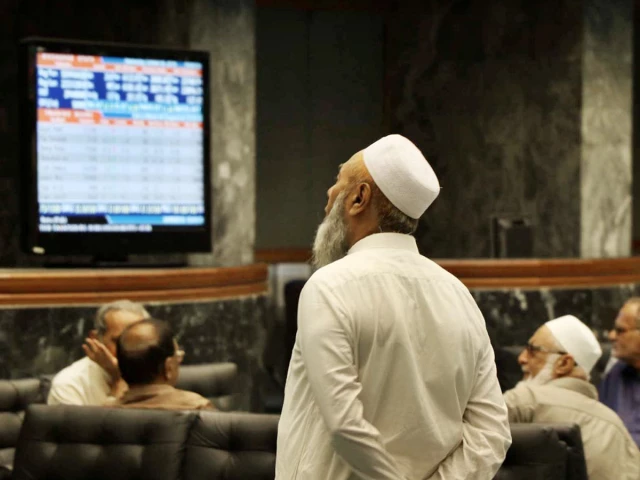
1729471601-0/image-(8)1729471601-0-640x480.webp)
